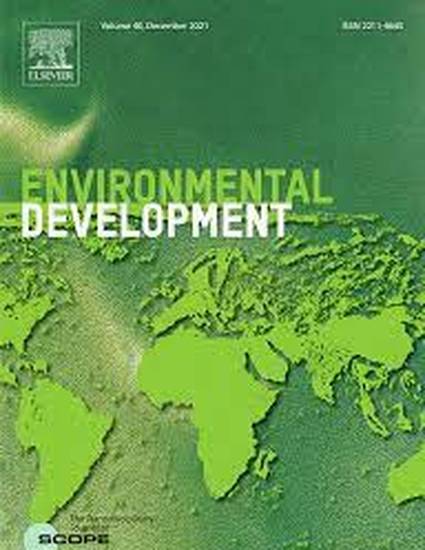
Article
Characterization of cooling equipment in the food industry: Case study of the Colombian meat, dairy, and fruit and vegetable sectors
Environmental Development
(2021)
Abstract
The food industry contributes to environmental impacts through the intensive use of energy. Therefore, it is important to understand the characteristics of cooling systems as a material service to develop strategies to decrease their environmental impacts and improve productivity. This study analyses three food sectors in Colombia that use refrigerant systems based on the requirements of the quality, processing and preservation of products and material service in emerging economies, where it is important to determine the baseline technology level and identify beneficial system innovations. This paper provides an overview of the value chains, production levels and trends, cooling systems, material services and maintenance processes for three sectors using qualitative and quantitative methods and different knowledge sources, including a survey and previous studies related to refrigeration in the food industry. The results show that the infrastructure most used is a cold chamber or cold storage, followed by refrigerators and the equipment used in the refrigeration systems, including compressors, condensers, evaporators and, to a lesser extent, chillers, on which preventive and corrective maintenance is performed every three to four months. The equipment and accessories largely come from the United States, Europe and China, and purchasing decisions are based on price. The results also indicate that it is important that decision makers in these three sectors increase their awareness and knowledge of cooling equipment and its environmental impacts with the aim of improving productivity and decreasing pollution. In particular, material services that require resources such as energy and other materials should be more environmentally friendly. Based on these findings, the government could design different instruments for technological change. The majority of cooling systems in the three sectors have been in operation for over 10 years. Thus, in a country where agricultural diversity and export capacity are key contributors to development and economic growth in rural areas, strategies to implement cold chain systems that are less polluting and more productive are essential. The findings of this study are important for establishing actions for change and technology transfer and promoting the modernization of the agricultural market through exports. It is important to ensure an effective cold chain utilizing environmentally friendly and efficient refrigeration systems, which may provide access to new markets for natural and fresh food products.
Keywords
- Refrigeration systems,
- EquipmentDairy,
- Meat,
- Fruit and vegetable sectors,
- Material service
Disciplines
Publication Date
Winter December 30, 2021
DOI
https://doi.org/10.1016/j.envdev.2021.100693
Citation Information
Alexander Cotte Poveda and Clara Inés Pardo Martinez. "Characterization of cooling equipment in the food industry: Case study of the Colombian meat, dairy, and fruit and vegetable sectors" Environmental Development Vol. 41 Iss. 1 (2021) p. 1 - 20 ISSN: 2211-4645 Available at: http://works.bepress.com/alexandercottepoveda/54/
